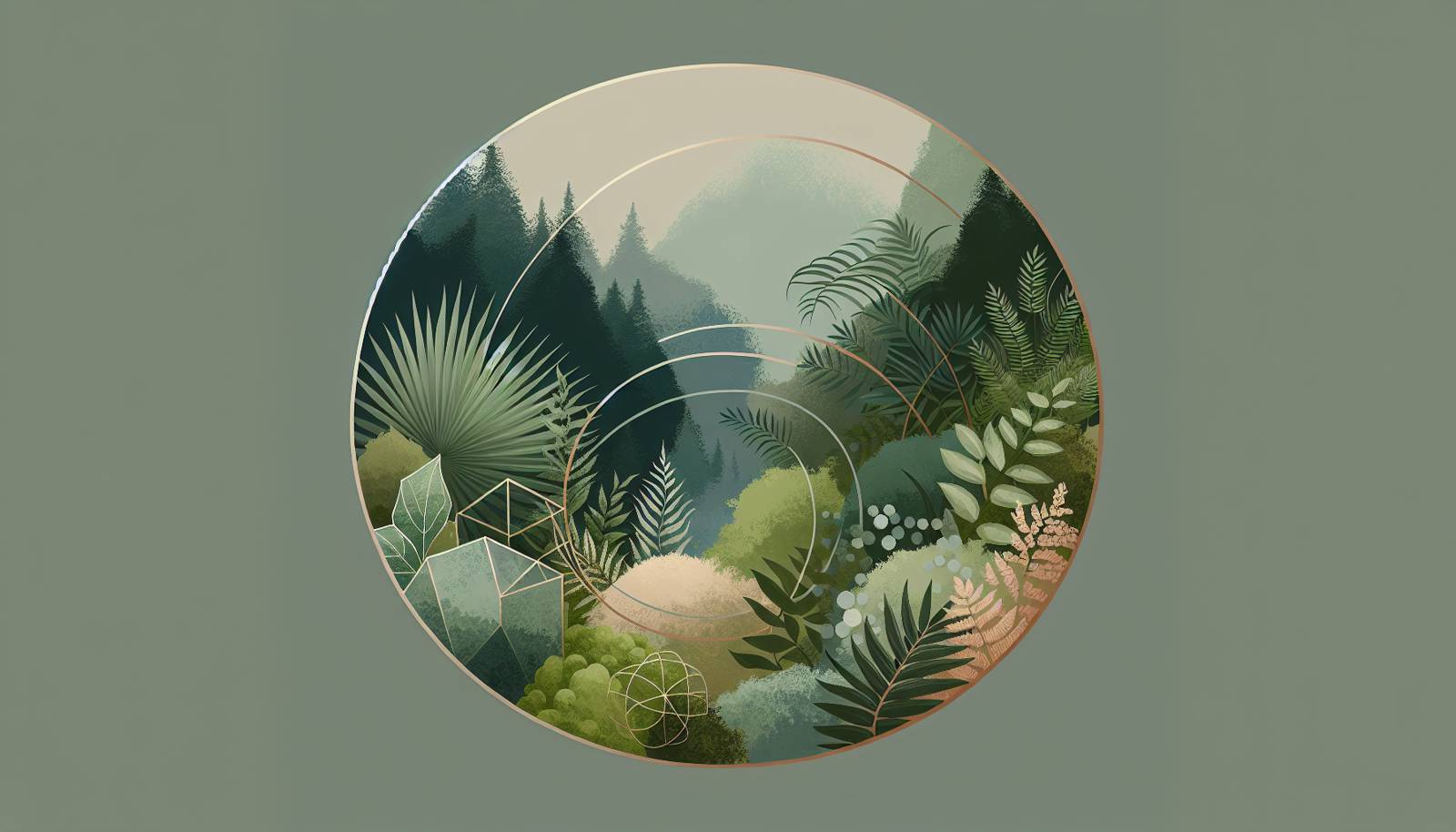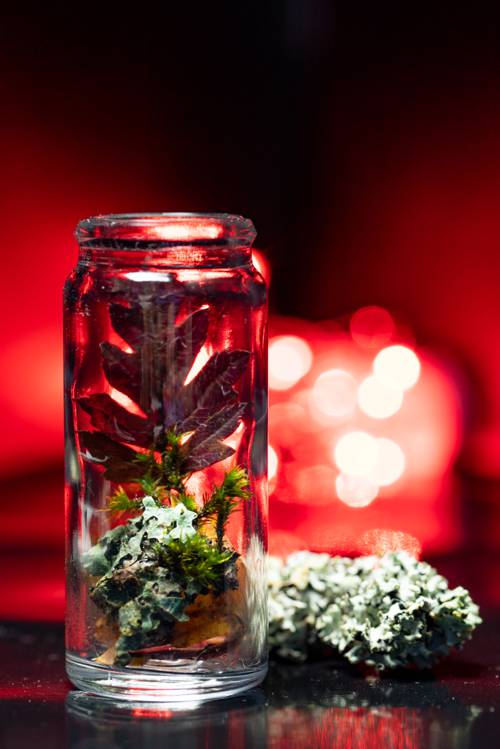
FAQ About Indoor Moss Terrarium Creation

What is a moss terrarium?
A moss terrarium is a decorative container, often a glass jar or bowl, that houses different types of moss and sometimes other small plants to create a miniature garden. These terrariums simulate a natural environment in a contained space, making them ideal for indoor decoration and low-maintenance gardening.

What are the benefits of creating a moss terrarium?
Moss terrariums provide several benefits including aesthetic appeal, low maintenance requirements, and the ability to improve indoor air quality by absorbing pollutants. They also offer a unique way to enjoy nature indoors, and can serve as a peaceful, stress-relieving hobby.

What materials do I need to create a moss terrarium?
To create a moss terrarium, you will need a clear glass container, a variety of moss or other small plants, pebbles or small stones for drainage, activated charcoal to prevent odors, and potting soil. Some people also use decorative elements like stones, figurines, or shells to personalize their terrariums.

How do I choose the right moss for my terrarium?
When choosing moss for your terrarium, consider the light and moisture levels of your space. Common moss types used in terrariums are sheet moss, cushion moss, and star moss. These varieties thrive in low to moderate light and require consistent moisture.

Where should I place my moss terrarium for optimal growth?
Place your moss terrarium in a location where it will receive indirect sunlight. Direct sunlight can cause the moss to dry out and fade. A spot with moderate, consistent lighting is ideal.

How often should I water my moss terrarium?
The frequency of watering depends on the environment, but generally, moss terrariums should be watered every few weeks. The substrate should be moist but not waterlogged. Monitor the terrarium for signs of dryness and adjust watering accordingly.

Can I use tap water for my moss terrarium?
While tap water can be used, it's better to use distilled or rainwater for moss terrariums, as tap water often contains minerals and chemicals that could harm the moss over time. If using tap water, let it sit for 24 hours to allow chlorine to evaporate.

What type of container is best for a moss terrarium?
Glass containers are ideal for moss terrariums as they allow light to enter while maintaining the high humidity levels moss prefers. Containers with a lid help keep the environment moist, but open containers can work if you water the moss more frequently.

How do I maintain the balance of the ecosystem in a moss terrarium?
Maintaining ecosystem balance involves regulating light, moisture, and air circulation. Ensure indirect light for photosynthesis, monitor humidity levels, and occasionally open a closed terrarium to allow fresh air, which helps prevent mold growth.

Can I include other plants with moss in my terrarium?
Yes, you can include other small, low-light plants such as ferns or small succulents, but they should have similar water and light needs. Be cautious about overcrowding, which can inhibit growth and increase mold risk.

How do I know if my moss terrarium is healthy?
A healthy moss terrarium will have vibrant, green moss that feels soft and cushy to the touch. Signs of problems include browning or yellowing moss, mold, or a sour smell, which can indicate imbalances or excess moisture.

What common issues might I encounter with a moss terrarium?
Common issues include overwatering, insufficient light, mold growth, or the moss drying out. Address each of these based on their symptoms, such as adjusting watering schedules, relocating the terrarium, improving ventilation, or removing mold-affected areas.

How can I prevent mold in my moss terrarium?
Prevent mold by ensuring good air circulation, not overwatering, and occasionally exposing your terrarium to fresh air. Using activated charcoal in the substrate can also help absorb excess moisture and filter impurities.

Can a moss terrarium be kept in a low-light area?
Yes, moss can tolerate lower light levels compared to other plants, making moss terrariums suitable for low-light areas. However, some ambient light is still necessary for photosynthesis and healthy growth.

What should I do if my moss starts turning brown?
If your moss turns brown, it may not be receiving enough moisture or the right light. Check humidity levels, ensure regular misting, and possibly relocate the terrarium to a better-lit area. Be mindful not to expose it to direct sunlight.

Is it possible to overwater a moss terrarium?
Yes, overwatering a moss terrarium can lead to mold and decay. Ensure the terrarium has good drainage and monitor the substrate for overly soggy conditions. Water when the top layer feels dry to the touch.

What are the signs that moss is thriving in a terrarium?
Thriving moss will exhibit a rich, deep green color and may produce small shoots or expansions over time. It will generally look lush and feel springy to the touch, suggesting it is adequately hydrated and lighted.

Can you grow moss in a sealed terrarium?
Yes, moss can be grown in a sealed terrarium if managed correctly, since the sealed environment helps maintain high humidity. Remember to occasionally remove the lid to get fresh air circulation, which helps prevent mold.

Why is activated charcoal used in moss terrariums?
Activated charcoal is used in moss terrariums to filter water, absorb odors, and prevent mold growth. It helps maintain clean air around the roots, which is particularly effective in closed terrarium setups where airflow is limited.

Can I harvest my own moss for a terrarium, and how should I do it?
You can harvest your own moss, but it's crucial to do so sustainably and legally. Look for moss in shaded, damp areas and ensure you have permission if on private land. When collecting, gently remove small sections and leave enough behind for regrowth.
